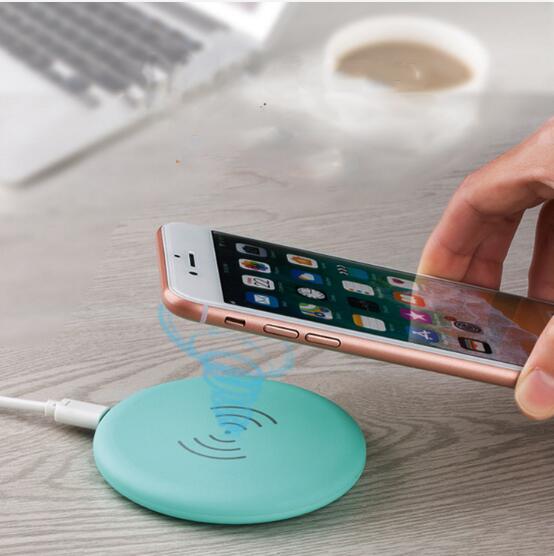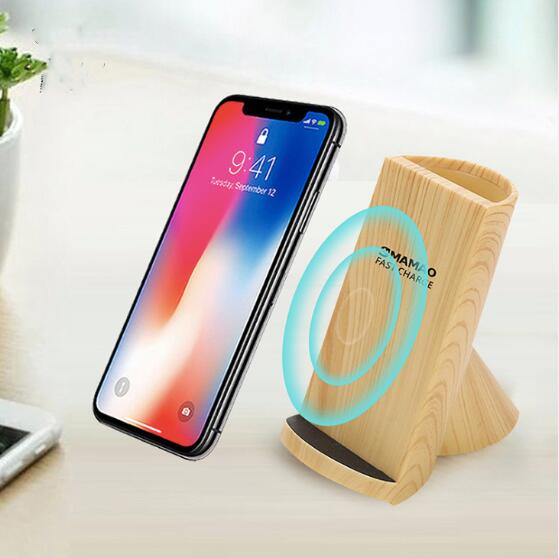What is the principle of wireless charging? Why are mobile phones now using wireless charging?
In recent years, more and more smart phones have begun to be equipped with wireless charging functions, such as iPhone Xs, Samsung S9, Xiaomi MIX 3, etc., so some friends should be familiar with this function.
However, wireless charging is a new technology after all. Compared with traditional data cable charging, it still subverts our view. Most people’s question is: Without a data cable, how does the mobile phone and the charger pass current transmission? What about?
At present, there are mainly four wireless charging methods: electromagnetic induction charging, magnetic resonance charging, radio wave charging, and electric field coupling. The technical solutions of various charging methods are different.
Electromagnetic induction wireless charging uses the induced magnetic flux generated between the power supplier (wireless charging board) and the induction magnet on the power receiver (mobile phone) to convert the magnetic force into electricity and then transmit it. The advantage of this charging method is that the circuit structure required by the device is relatively simple, the charging device can be miniaturized, and the cost is low, and the charging efficiency will be relatively higher. However, there are also short transmission distances and the charging effect is easily affected by the deviation of the placement position.
Magnetic field resonance wireless charging is slightly different. It uses the resonators at both ends of the power supplier and the power receiver to generate magnetic field resonance. It also converts magnetic force into electricity for power transmission. As long as the two devices oscillate at the same frequency, they can exchange energy. Its advantage is that it is suitable for long-distance transmission, but it has the disadvantage of low efficiency. It is still under study and has not been put on the market.
To be continued
Post time: Apr-13-2021


